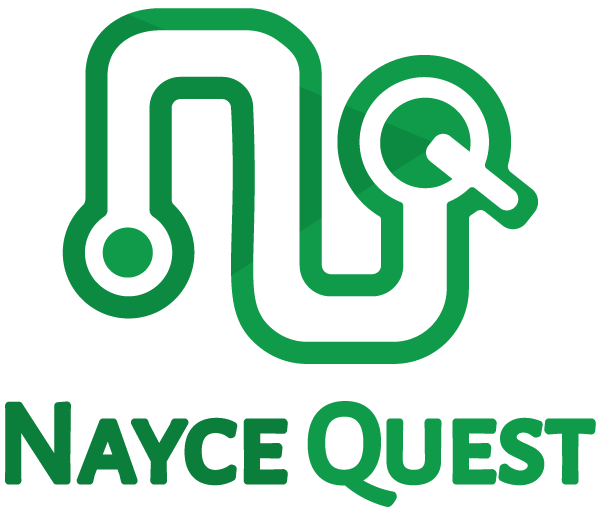Royal Lessons on Institutions
In a non-COVID-19 world, folks would likely be standing around the water cooler discussing the Oprah Winfrey interview with Prince Harry and Duchess Meghan. I can see why many would talk it up as a celebrity fanfare event about an empire on the other side of the Atlantic Ocean. For those who have seen the interview, let alone seen clips from the interview, it became clear very quickly that this interview was more than money and titles.
Before getting into professor mode, I want to share my standpoint on why I felt called to watch the interview in live time. When Prince Harry and Duchess Meghan's wedding aired in 2018, I watched the event excited about the music selections and listened to Bishop Michael Curry's sermon. But it was an opportunity to see a couple who looked like my spouse and me in a fairytale wedding. Cliché, I know, but imagine going through 33 years and finally seeing a racial barrier being torn down by someone who looks like you.
Fast forward to 2021 and the world learned of the reality behind the image of a fairytale. The British Monarchy, also referred to as the Institution, took actions and inactions that put into question decisions around morals and ethics. One may ask, "How can an institution make decisions, let alone be moral and ethical? Institutions are not people." But, yesterday's interview proved that institutions are made up of people, and people create institutions.
I recently read Mary Douglas' How Institutions Think (1986), which delves into the slippery slope of how institutions form through individual cognition that transforms to collective cognition. Categories and processes are created by people based on what we learn as individuals and merge with others who think similarly. So what does this have to do with Harry and Meghan? And this quote from Mary Douglas may help:
Justice has nothing to do with isolated cases. Second, individuals normally off-load such decisions onto institutions. No private ratiocination can find the answer. The profound decisions are about justice are not made by individuals as such, but individuals thinking within and on behalf of the institutions. The only way that a system of justice exists is by its everyday fulfillment of institutional needs (Page 124).
People build the institutions to function for the purposes they created, just like people build artificial intelligence (AI) to compute the functions specific purposes. Think about how Meghan and Harry reached out to individuals for help within the Institution; the response was, "we're sorry you are going through this, but that is not something the Institution is built to do." People within the institution are taught to perpetuate the cultures, norms, morals, and ethics they built to survive.
Pulling from Max Weber's idea of rational choice (the process to calculate goals, methodically act, and reflect on how to maximize the process to meet the goals), the institution finds ways to mitigate threats that will stand in the way of meeting goals. The Royal Family website indicates that it is a goal to "strengthen national unity and stability." Any threat that a member of the Royal family is struggling with an issue that is perceived as "stable" would be a threat to the Royal family's goal, and the institution is designed to mitigate the threat.
I want to be clear that I am in no way making excuses for the actions and inactions of the Royal Family. I am highlighting how systemic institutions think. The system is built to perpetuate processes built by people so that people can step back and let the institution run on its behalf. And by stepping back and letting the institution do its work, people may not see themselves as being complicit in systemic processes that can be harmful. Nor people may not see themselves as being in a position to change the institution.
What Harry and Meghan shared in their interview highlight how systemic norms are built into the fabrics of institutions. My thoughts on how race or nationality played into the actions and inactions made by the Institution is a whole other blog post. But institutions can change. It may be an external agent to generate quick change or an internal social movement. Today we are seeing calls for institutional change in how institutions serving public populations need to shift how institutions incorporate race, gender, nationality, sexual orientation, religion, military-connection, ability, and so forth as a part of the institution's fabric. This is our quest to celebrate diversity in our communities and instill equity and inclusion as a part of our actions.

